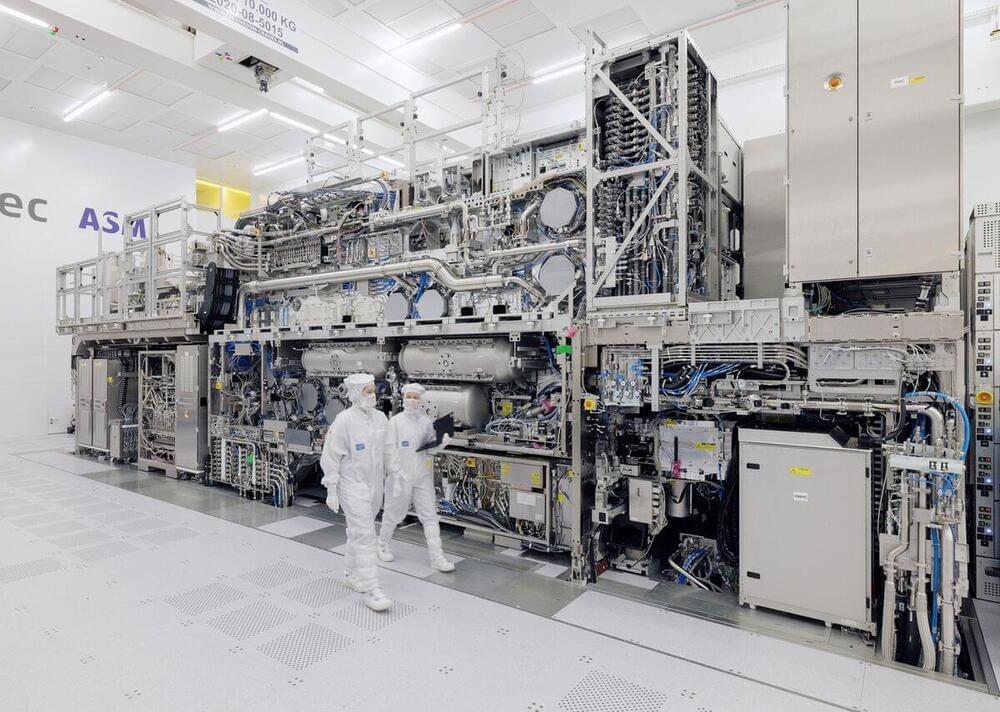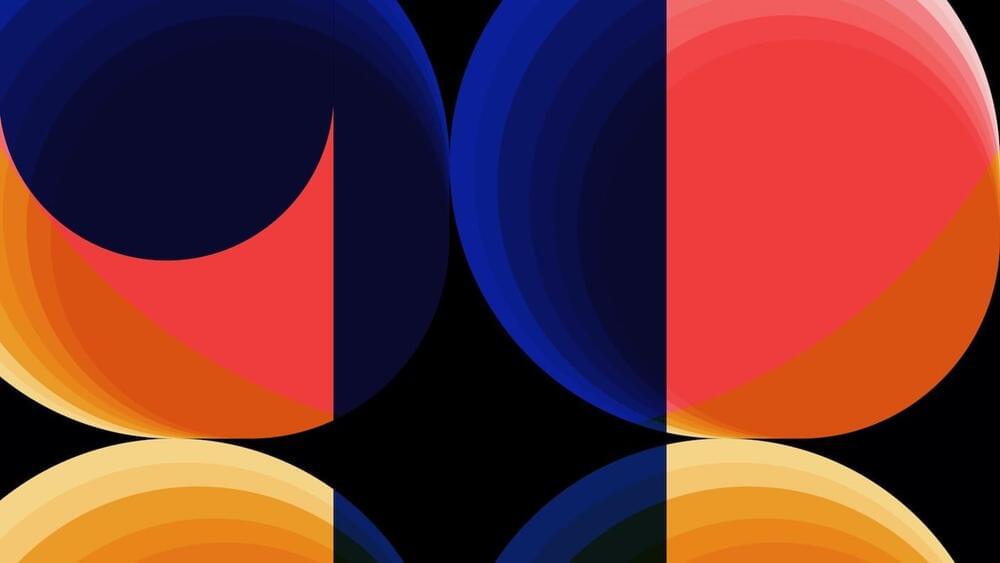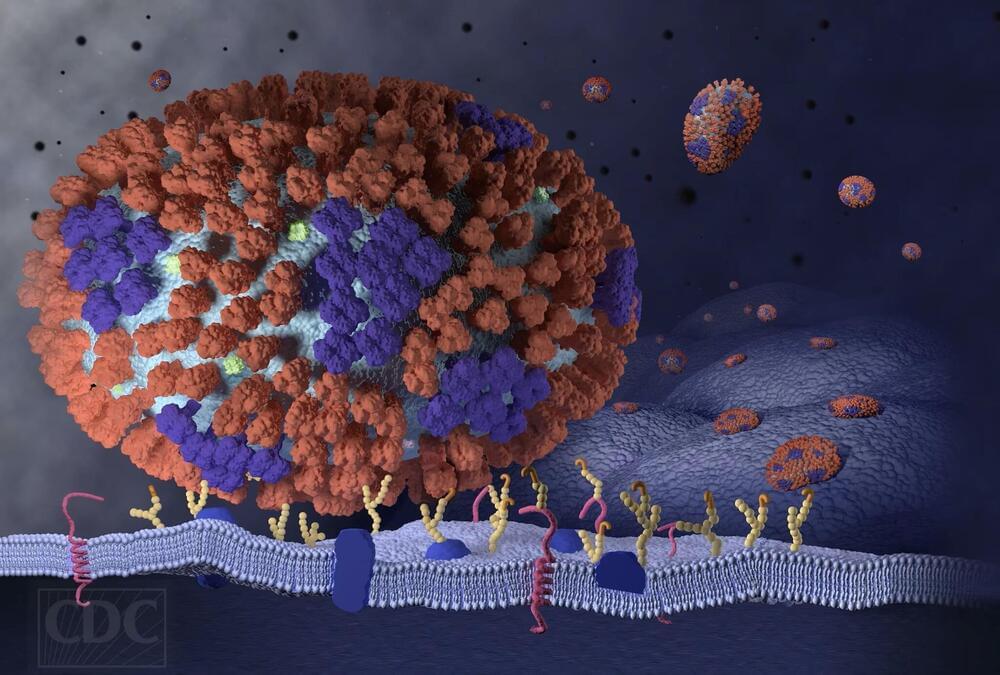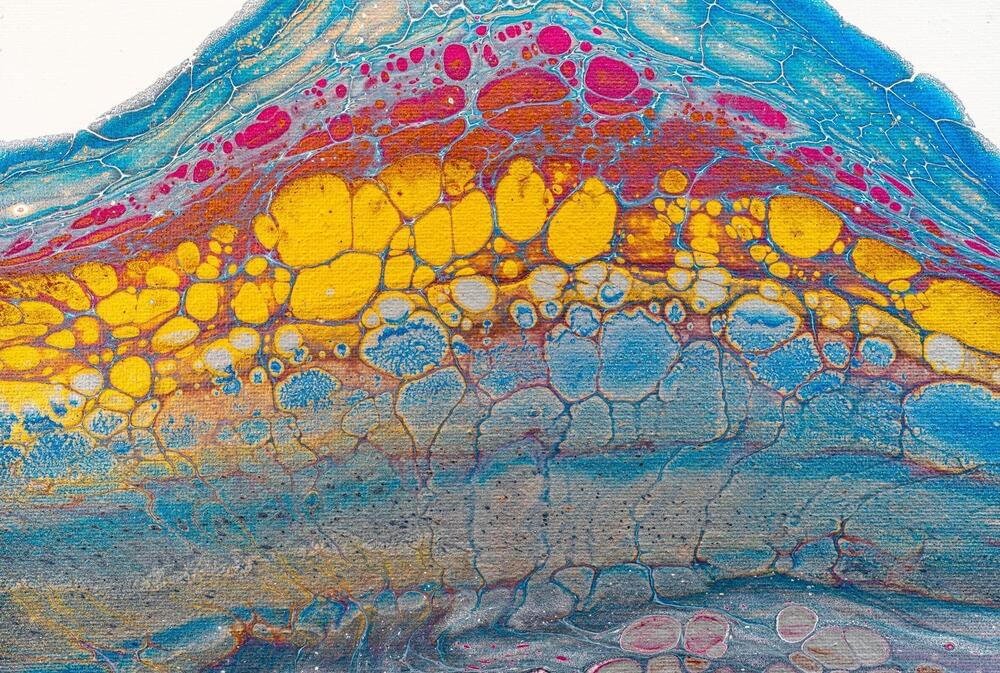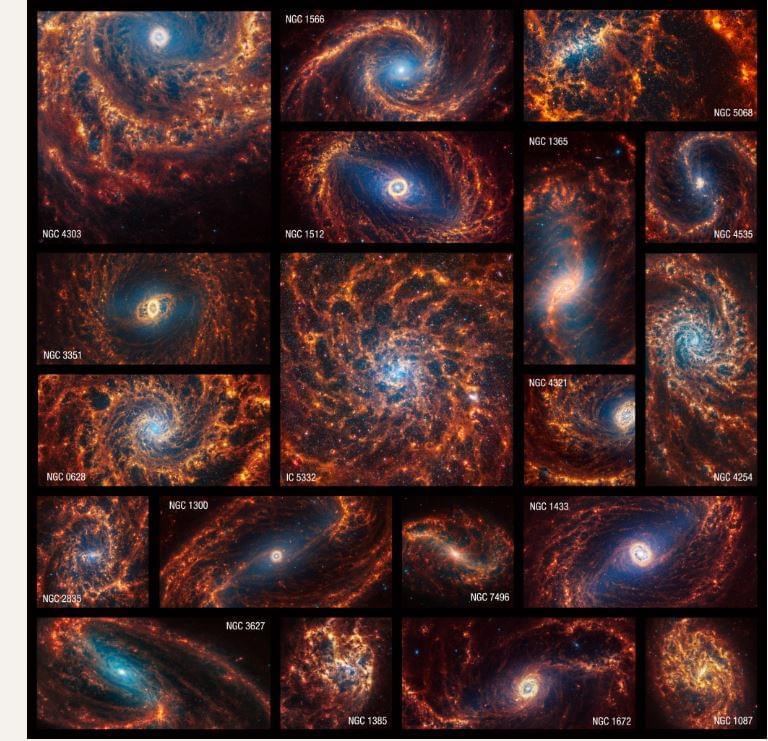
The James Webb Space Telescope observed 19 nearby face-on spiral galaxies in near-and mid-infrared light as part of its contributions to the Physics at High Angular resolution in Nearby GalaxieS (PHANGS) program.
It’s oh-so-easy to be absolutely mesmerized by these spiral galaxies. Follow their clearly defined arms, which are brimming with stars, to their centers, where there may be old star clusters and – sometimes – active supermassive black holes. Only NASA’s James Webb Space Telescope can deliver highly detailed scenes of nearby galaxies in a combination of near-and mid-infrared light — and a set of these images was publicly released today.
These Webb images are part of a large, long-standing project, the Physics at High Angular resolution in Nearby GalaxieS (PHANGS) program, which is supported by more than 150 astronomers worldwide. Before Webb took these images, PHANGS was already brimming with data from NASA’s Hubble Space Telescope, the Very Large Telescope’s Multi-Unit Spectroscopic Explorer, and the Atacama Large Millimeter/submillimeter Array, including observations in ultraviolet, visible, and radio light. Webb’s near-and mid-infrared contributions have provided several new puzzle pieces.


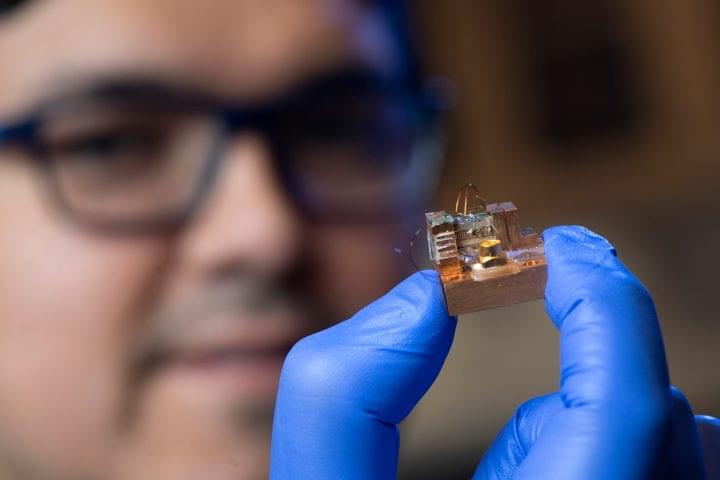
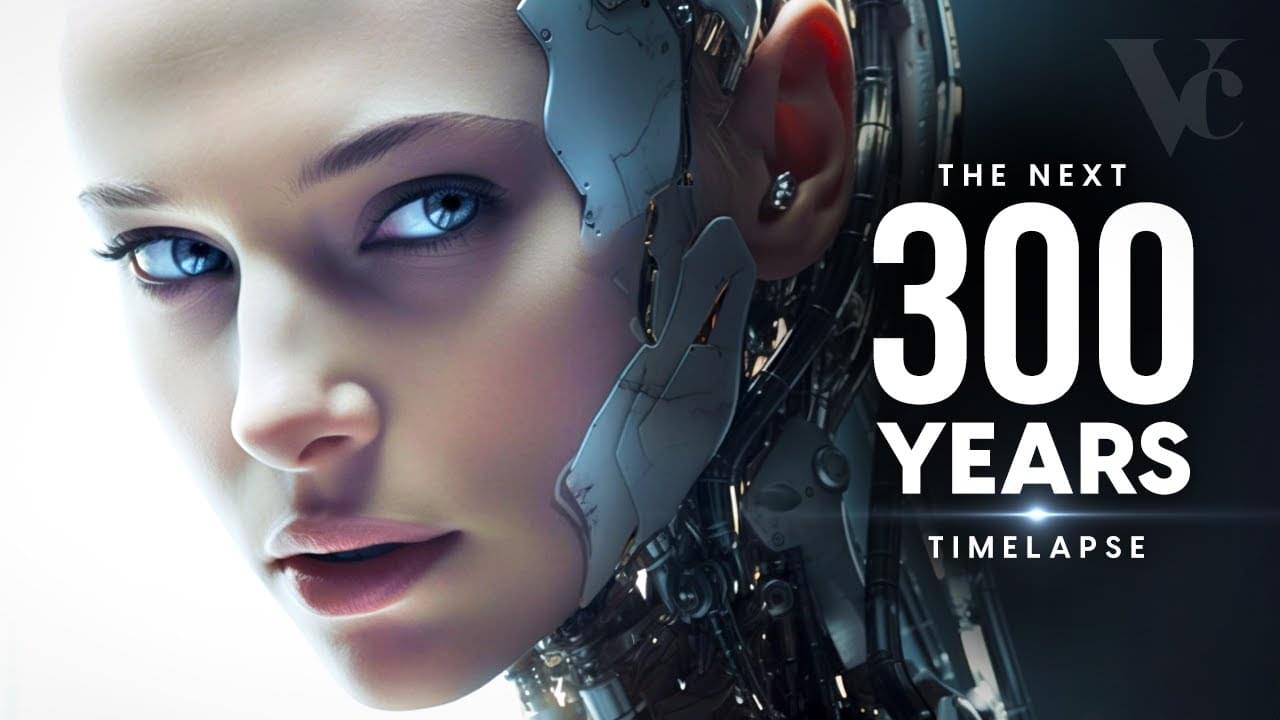

 Consciousness appears to arise naturally as a result of a brain maximizing its information content. So says a group of scientists in Canada and France, which has studied how the electrical activity in people’s brains varies according to individuals’ conscious states. The researchers find that normal waking states are associated with maximum values of what they call a brain’s “entropy”
Consciousness appears to arise naturally as a result of a brain maximizing its information content. So says a group of scientists in Canada and France, which has studied how the electrical activity in people’s brains varies according to individuals’ conscious states. The researchers find that normal waking states are associated with maximum values of what they call a brain’s “entropy”